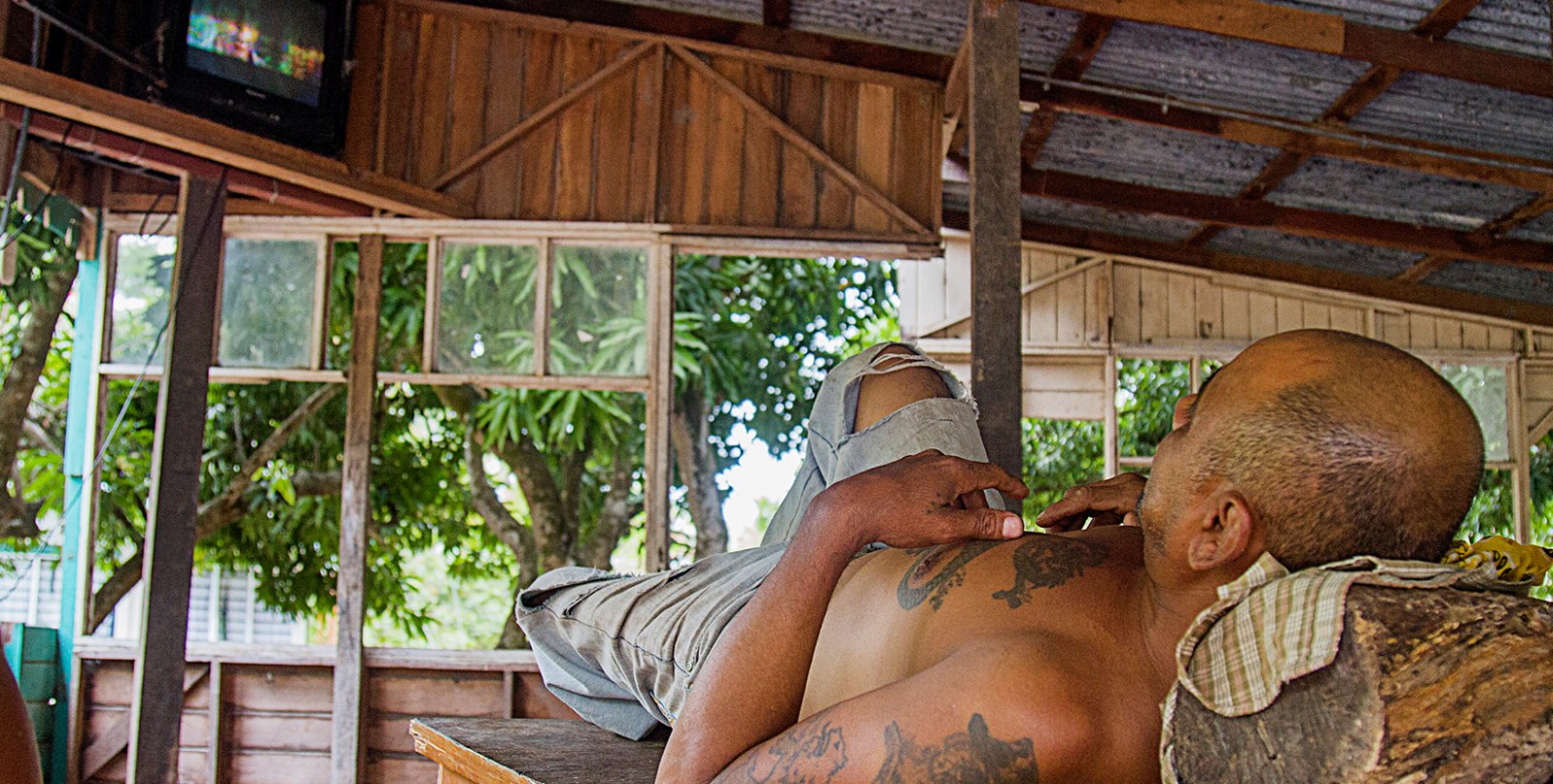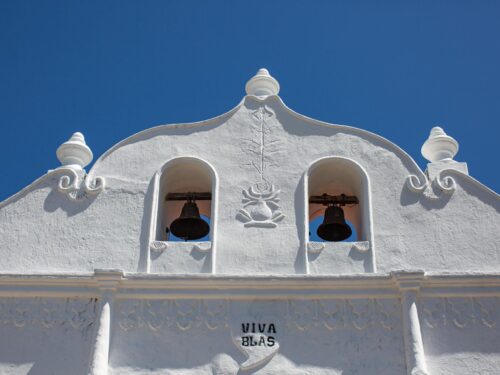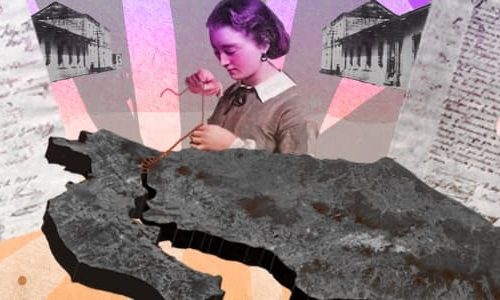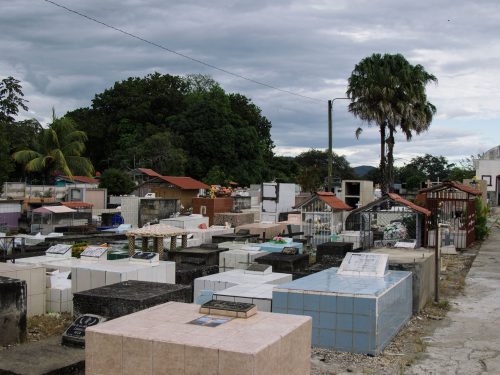
When a construction project is announced in a given community, it is common to think of progress, welfare and social development. However, that does not happen when the initiative being announced has to do with a penitentiary center, commonly referred to as “jail.” Nobody wants this type of project as a neighbor, given the social risks it represents.
Since 2014, a project to build a prison has been in the works, following the productive unit model, which aims to help alleviate overcrowding in the country’s prisons.
It is undeniable that the situation in the national prison system requires prompt action to reduce overcrowding and the dire conditions that most prisoners find themselves in, like sleeping in inhumane conditions on blankets under bunk beds or using toilets exposed to sicknesses. Nonetheless, nobody wants to live in an atmosphere of uncertainty and insecurity.
Let’s analyze the problem of overcrowding and poor prison infrastructure that has been intensifying in recent years: Costa Rica went from being a model country in terms of the prison system in the past four decades in Latin America, to being a country where respect for the human rights of prisoners is called into question.
The prison population in Costa Rica increased from 6% in 2009 to nearly 47% currently. This reflects the increase in crime and drug trafficking, the implementation of flagrancy courts that quickly decide on misdemeanors, and the element of preventive prison that has been implemented by our penal system.
But while the number of inmates increases at an alarming rate, there are no new penitentiary centers and existing centers are not remodeled, to the point that prisons are overcrowded by more than 5,000 inmates, according to data from the Ministry of Justice.
The Nicoya prison will house about 520 inmates, most of whom will come from the greater metropolitan area. According to the Ministry of Justice, this prison in particular is different from others in that it seeks to promote the rehabilitation of prisoners.
The benefits of a prison in Nicoya are not many: temporary work in construction for some, a few professionals from the area will be needed in the prison, sociologists, psychologists, lawyers, judges, etc. But who can guarantee that the influence of these prisoners will not give rise to social conflict in the region, when everyone knows that gangs organize crimes right from the prisons and narco gangs take refuge in prison to forge their plans? And hence the concern of Mayor Marco Jimenez.
The truth of the matter is that the decision is made. With the urgent situation and the need for new prison infrastructure, the government signed an agreement last year with the Inter-American Development Bank (BID- Banco Interamericano de Desarrollo) in the amount of $50 million to build seven prisons in the country. And Nicoya can not escape, because the agreement with BID establishes that a prison will be built on the land where the Semi Penitentiary Center is located.







Comments